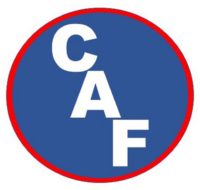Introduction:
Welcome to Advanced Topics. If you have mastered the basics, it’s time to expand the knowledge base – this is where the fun begins.
You know how to operate the system and make foam, and How to NOT damage the system.
Now, it’s time to see what the system and CAF can and cannot do.
“Play With It & See!!!!”
What happens if this is adjusted? or this? Or if you try this?
If you get lost or confused, drop back to the basic operations and start over.
Visit often, as advanced topics are added regularly.








































